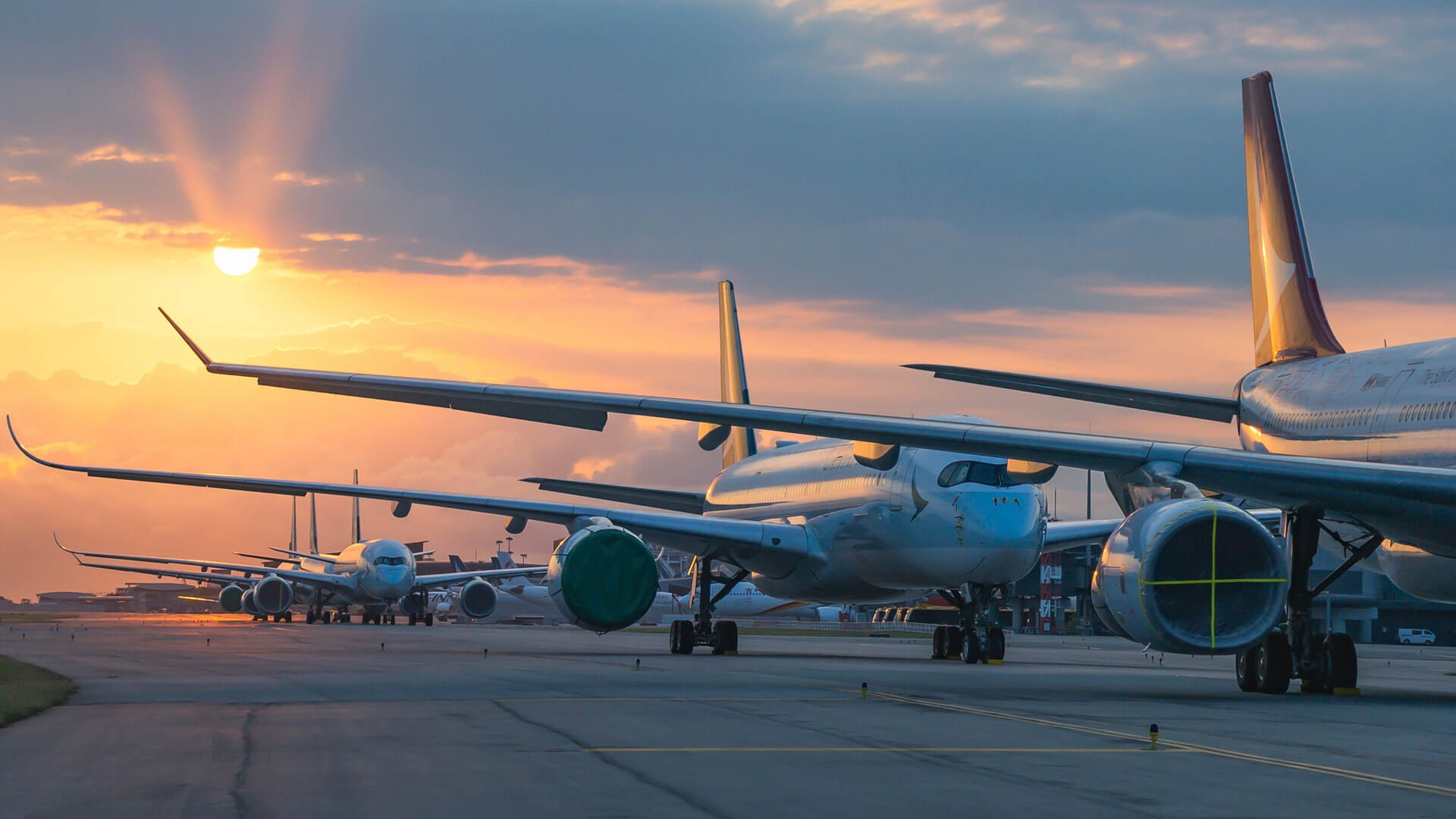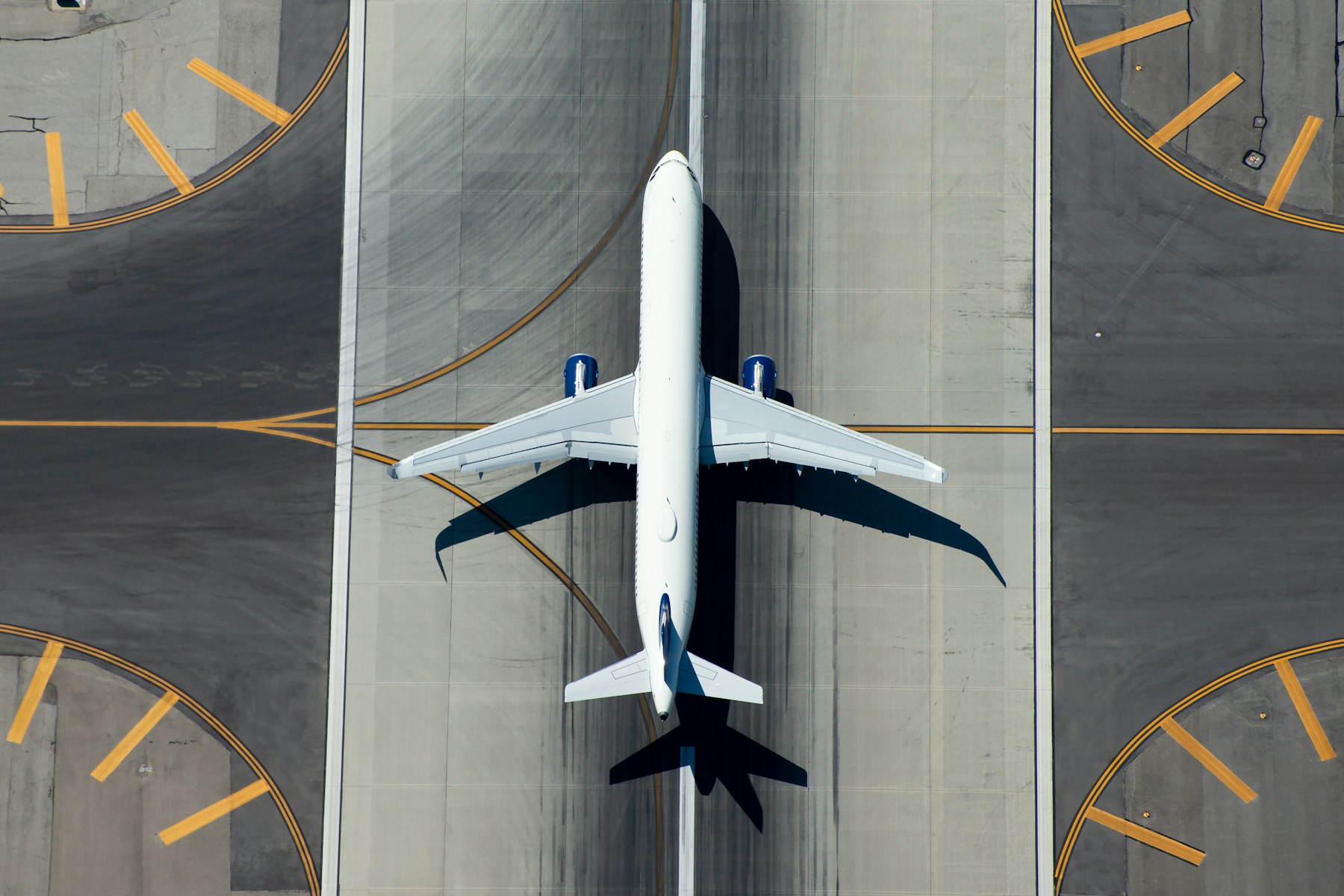
India’s aviation industry has witnessed remarkable growth over the years, transforming the way people travel and contributing significantly to the country’s economic development. With a vast landmass and a population of over 1.3 billion people, India’s aviation sector plays a pivotal role in connecting people, facilitating trade, and boosting tourism.
In the following section catch a glimpse of the remarkable aviation landscape and find out how the total airport in India stands as a testament to its ever-growing connectivity and thriving air travel industry.
Table of Contents
Expanding Airports: Catering to Growing Demand
India’s aviation industry has experienced an impressive expansion in recent years, leading to a surge in the number of airports across the country. The total airport infrastructure in India has increased significantly, with both international and domestic airports witnessing infrastructure upgrades and expansions. This development has been driven by the rising middle-class population, increasing disposable incomes, and a growing preference for air travel. The expansion of airports has not only enhanced connectivity within India but has also strengthened India’s position as an important regional aviation hub.
Driving Employment Opportunities
The growth of India’s aviation industry has had a positive impact on employment generation, creating a plethora of job opportunities across various sectors. The expansion of airports has directly led to increased employment in airport operations, including ground staff, security personnel, and airline crew members. Additionally, the aviation industry has a ripple effect on other sectors, such as hospitality, tourism, and retail, generating additional employment opportunities. The development of airport infrastructure has also resulted in the creation of indirect employment in industries like construction, manufacturing, and transportation. The overall impact of the aviation industry on employment has been significant, providing livelihoods to a large number of people and improving their standard of living.
Boosting Tourism and Foreign Exchange Earnings

India’s aviation industry has played a crucial role in boosting tourism, attracting both domestic and international travellers. The improved connectivity offered by airports has made it easier for tourists to explore India’s diverse attractions, including historical sites, natural wonders, and cultural experiences. The growth of air travel has also led to the development of secondary tourist destinations beyond major cities, contributing to regional development and employment opportunities in those areas.
Economic Growth and Development
The aviation industry’s robust growth has had a positive impact on India’s overall economic growth and development. It has not only contributed to the country’s GDP but has also fueled investment and business opportunities. The development of airport infrastructure has encouraged the establishment of ancillary industries such as aircraft maintenance, repair, and overhaul (MRO) facilities, aviation training institutes, and cargo handling services. These industries further contribute to job creation, skill development, and technological advancements.
The aviation industry has also catalysed the growth of related sectors, such as hospitality, tourism, and logistics, creating a multiplier effect on the economy. Improved air connectivity has made it easier for businesses to expand their operations, engage in trade, and establish international partnerships.
Conclusion
India has witnessed remarkable growth in its aviation sector, with a substantial increase in the number of airports across the country. From major metropolitan cities to remote regions, the total airport in India reflects the nation’s commitment to connecting people, promoting tourism, and fostering economic development.
The expansion of airports and enhanced connectivity has facilitated regional development, improved access to remote areas, and increased trade and investment opportunities. As India continues to invest in the aviation sector, it will further strengthen its position as a key player in the global aviation industry.





